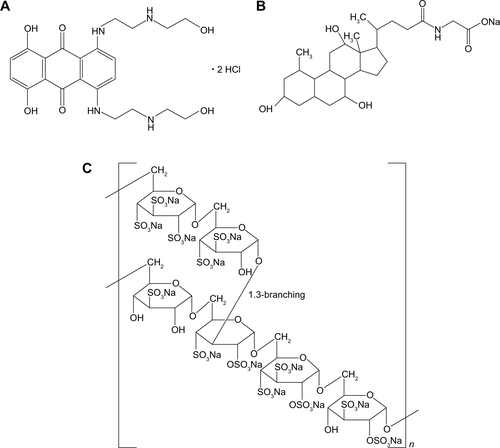Figures & data
Table 1 Summary of particle size, zeta potential, and drug encapsulation efficiency of MTO-NLCs and MTO-TMLGNs (mean ± SD, n=3)
Figure 1 The proposed schematic illustration of three-in-one multifunctional lipid-GcNa nanocarriers (TMLGNs).
Abbreviations: GcNa, sodium glycocholate; BCRP, breast cancer resistance protein; PEG-PE, 1,2-Distearoyl-sn-glycero-3-phosphoethanolamine-N-[methoxy (polyethyleneglycol)-2000].
![Figure 1 The proposed schematic illustration of three-in-one multifunctional lipid-GcNa nanocarriers (TMLGNs).Abbreviations: GcNa, sodium glycocholate; BCRP, breast cancer resistance protein; PEG-PE, 1,2-Distearoyl-sn-glycero-3-phosphoethanolamine-N-[methoxy (polyethyleneglycol)-2000].](/cms/asset/c0543f6e-f8d6-4065-89c3-d00550b52c19/dijn_a_95767_f0001_c.jpg)
Figure 2 Characterization of three-in-one multifunctional lipid-GcNa nanocarriers (TMLGNs).
Notes: (A) TEM. (B) Particle size distribution of TMLGNs. (C) DSC curves. (D) In vitro release profiles of MTO in pH 7.4 PBS containing 0.2% Na2SO3 from MTO-Sol, MTO-NLCs, and MTO-TMLGNs determined by the dialysis bag technique (mean ± SD, n=6).
Abbreviations: GcNa, sodium glycocholate; TEM, transmission electron microscopy; MTO, mitoxantrone hydrochloride; NLC, nanostructured lipid carrier; SD, standard deviation; DSC, differential scanning calorimetry; CsA, cyclosporine A; PBS, phosphate buffered saline.
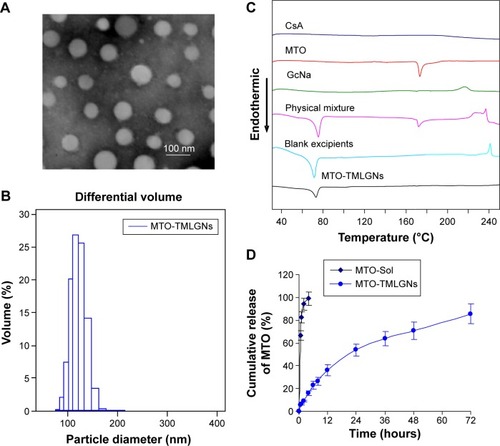
Table 2 Main pharmacokinetic parameters of MTO in rats after the intravenous administration of MTO-Sol and MTO-TMLGNs at dose 1 mg/kg (mean ± SD, n=6)
Figure 3 Distribution of MTO in tissues of mice (B – 0.5 hour; C – 4 hours) and mean plasma concentration–time curves of MTO in rats after the intravenous administration of MTO-Sol and MTO-TMLGNs at a dose of 1 mg/kg (A) (mean ± SD, n=6).
Abbreviations: MTO, mitoxantrone hydrochloride; TMLGNs, three-in-one multifunctional lipid-GcNa nanocarriers; GcNa, sodium glycocholate; SD, standard deviation.
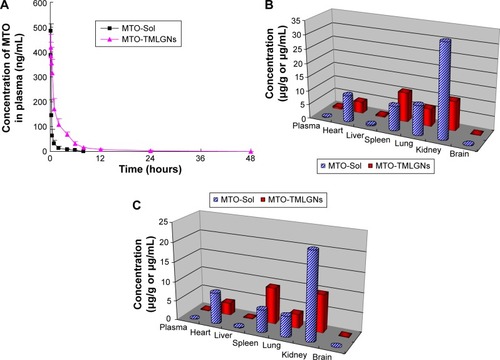
Figure 4 In vitro cytotoxicity of MTO-Sol, MTO-CsA-GcNa-Sol, and MTO-TMLGNs.
Notes: Dose–response curves of MTO in MTO-Sol, MTO-CsA-GcNa-Sol, and MTO-TMLGNs. Curves of (A) MCF-7 cells for 96 hours; (B) MCF-7/MX cells for 48 hours; (C) MCF-7/MX cells for 72 hours; and (D) MCF-7/MX cells for 96 hours. (E) The 50% inhibition concentration (IC50) of MTO-Sol, MTO-CsA-GcNa-Sol and MTO-TMLGNs against MCF-7/MX cells for 48, 72, and 96 hours and MCF-7 cells for 96 hours (mean ± SD, n=3).
Abbreviations: MTO, mitoxantrone hydrochloride; TMLGNs, three-in-one multifunctional lipid-GcNa nanocarriers; GcNa, sodium glycocholate; CsA, cyclosporine A; SD, standard deviation.
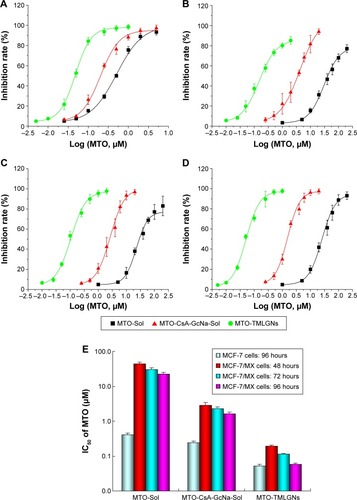
Table 3 The reversal factor (RF) of MTO formulations compared to MTO-Sol in MCF-7/MX cells at 48, 72, and 96 hours, and the resistant index (RI) of MTO formulations in MCF-7/MX compared to MCF-7 cells at 96 hours
Figure 5 Cell uptake and endocytosis mechanism of MTO-TMLGNs.
Notes: (A) Cell uptake efficiency of MTO in MCF-7/MX cells after incubation with MTO-Sol, MTO-CsA-GcNa-Sol, and MTO-TMLGNs at an MTO concentration of 100 nM for 2 hours. (B) Effects of incubation temperature and endocytosis inhibitors on the uptake efficiency of MTO in MCF-7/MX cells after incubation with MTO-TMLGNs at an MTO concentration of 100 nM for 2 hours. (C) Schematic illustration of the proposed mechanism indicating the increased anticancer activity and reversed multidrug resistance by MTO-TMLGNs – (a) diffusion of released free MTO across the cell membrane and (b) endocytosis of MTO-TMLGNs. **Statistical significant difference compared to uptake efficiency of MTO without inhibitor, P<0.01.
Abbreviations: MTO, mitoxantrone hydrochloride; TMLGNs, three-in-one multifunctional lipid-GcNa nanocarriers; GcNa, sodium glycocholate; CsA, cyclosporine A.
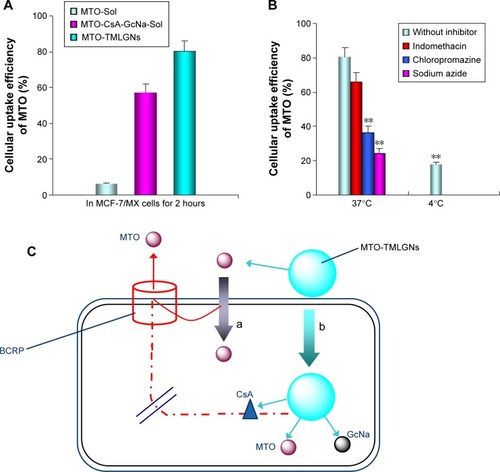
Figure S1 Chemical structures of (A) mitoxantrone hydrochloride, (B) sodium glycocholate (GcNa), and (C) dextran sulfate sodium.
